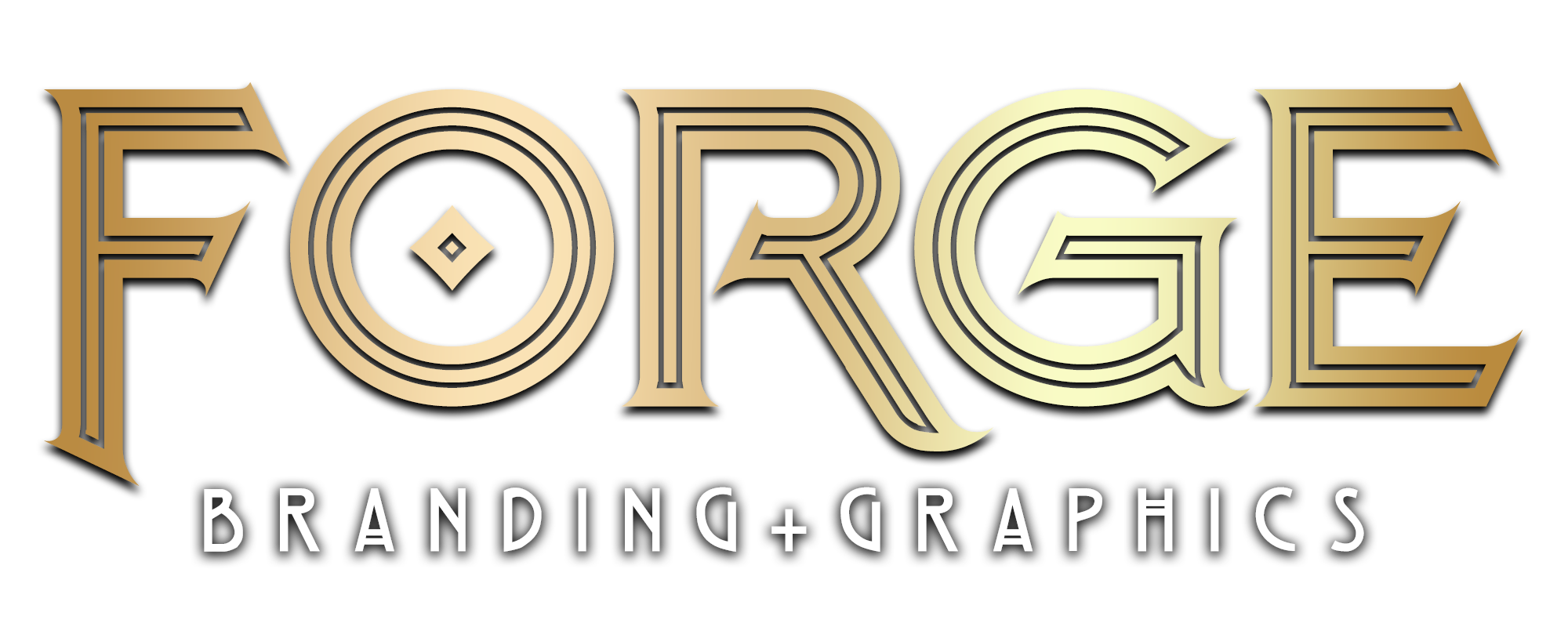Stay in Touch
Enter your email below to sign up for our latest updates.
COPYRIGHT © 2011-2024 The Bearded Scribe Press | WEBSITE DESIGNED AND BUILT BY 

GREETINGS Beardies!
While writing on my current project, Valkyrie, the other day, an idea for a post started to formulate in my mind.
FANTASY and Speculative Fiction or not, every book (and movie/screenplay) has it. Even non-fiction has a bit of world building involved. An author must know the limits and facts about the world in which he/she is writing before he/she can construct a believable, fully-formed story. If an author’s facts have inconsistencies or flaws, he/she can discredit his/her knowledge of the craft, and by doing so, quickly lose readership. Simply put: if you don’t know the world in which your story takes place, how are you supposed to describe it to your readers in its fullest capacity?
I have been pondering at how to go about writing on such an extensive topic–or even how to begin doing so, for that matter. After much deliberation, I decided that breaking it down into several posts would be the most practical option, not only for my personal choice to put constraints on post lengths, but also to get more detailed and concise, content-related posts for you, my readers.
This first post will focus on the initial steps to world building, intertwined with my own anecdotes of trial & error with my own writing, and will also introduce the next post in this specific series.
BEFORE I ever knew what world building was, I was unknowingly creating my own worlds. After reading books like The Egypt Game, The Bridge to Terabithia, The Chronicles of Narnia and The Lord of the Rings, I became obsessed with creating worlds of my very own. I sketched maps galore, created languages (minor undertakings back then), secret codices with which I could write notes to my friends, and planned out entire cities in which to create my stories.
Of course, those worlds failed me; more correctly, I failed them because I didn’t know enough about my creations. Sometimes I would sketch pages and pages of maps with great detail, but I neglected to populate it with creatures and characters that were believable for the setting. Sometimes, vice versa. Other times, I forgot to ask myself important questions whose answers would have provided me with a connection between the different aspects of my worlds. I constantly wrote myself into corners—or worse, circles. My writing was all jumbled—mismatched additions, not all too dissimilar from the Winchester House—without any coherence whatsoever. I neglected to make the full blueprint before building the house; but fortunately, with training and practice, I realized the errors and remedied them.

MOST ideas for stories usually develop long before a writer even thinks about world building. Unfortunately, I feel that this leads to weaker stories in the end. I am saying this from experience because the first few starts at my now-finished manuscript were torturous. My characters and my world felt disconnected and, to be honest, a bit contrived. In my opinion, it is much easier to build believable characters inside of a defined world than to a build a foreign world around a cluster of characters.
Asking yourself fundamental questions will help guide you in creating the blueprint; and creating a basic blueprint for your world before you go any further will save you a lot of headache.
THE first set of questions we will discuss have to do with Earth settings and their variations/possibilities:
EACH answer should and will produce more questions for you to consider, and each answer will also narrow down the genre/category of your manuscript. Let’s take our two examples from above, starting first with a post-asteroid collision.
AS you can see, each answer spawns a whole set of additional questions, which then defines the conflicts and plots. Placing characters within this constructed world is now a breeze.
The questions for our second example might look a little like this…
LITERALLY dozens of scenarios with an exponential amount of questions can arise from the first 4 questions above, and that is only dealing with Earth or Alternate Earth settings and plots. The second part of this post will deal with all other settings.
The questions are endless, and so are the answers. And each answer lends itself to a different aspect of your world–from character races, history, politics (power struggles, classes), mythology (creation myths, deity current involvement and interaction), languages (spoken, written, ancient), majick (source, limitations, how it’s produced and used), et cetera.
The list is infinite, and I know I barely touched the surface when it comes to introducing World Building, which kind of brings me to introducing the topic of the next series in this post: Overdoing it!